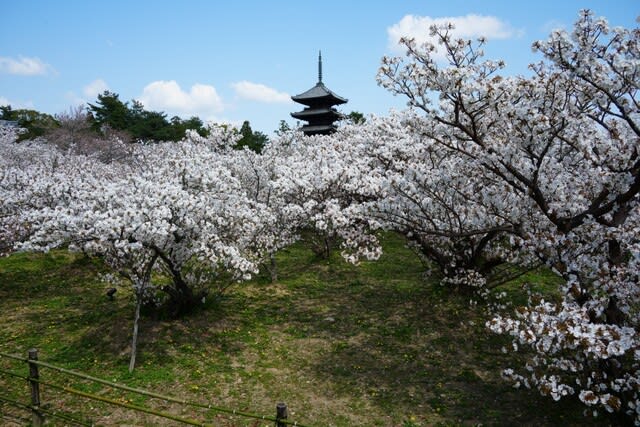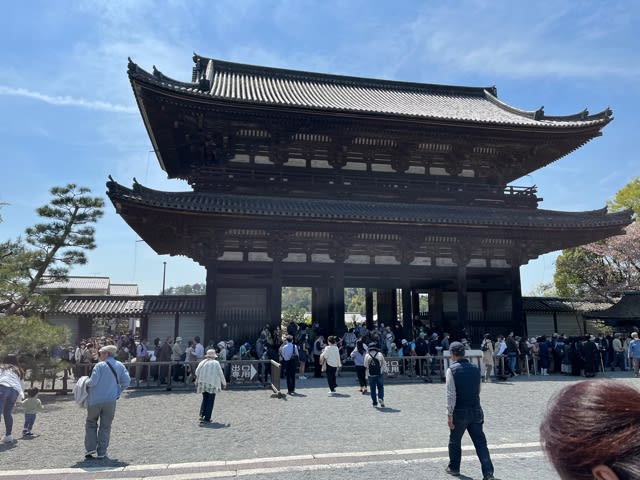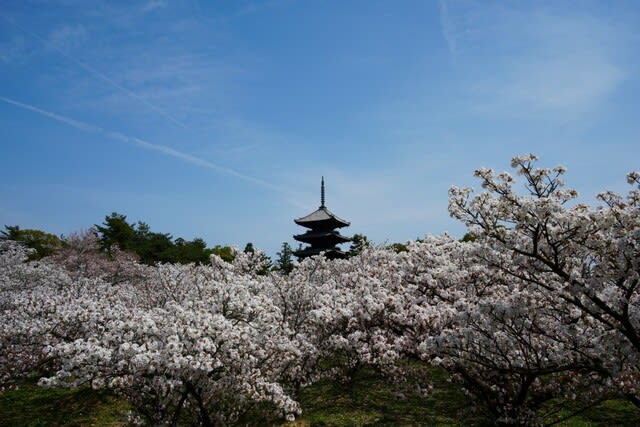The following is from a feature article by Kenichi ARA, Tsutomu NISHIOKA, and Michio EZAKI in the April 1 issue of the monthly magazine Sound Arguments, titled "The Nanking Incident: A Comprehensive Reversal of the Attack.
It is a must-read not only for the Japanese people but for people worldwide.
As described, Kenichi Ara is a senior student of my alma mater whom I will love forever.
The emphasis in the text other than the headline is mine.
ARA
I have consistently tried to investigate the truth about the "Nanking Incident," which is said to have occurred during the Battle of Nanking in 1937 during the Sino-Japanese War.
After the war, there was a time when people called it the "Nanking Massacre," as if to frame Japan, but I have compiled my recent research into a book, "The Nanjing Incident Never Happened: Wake Up, Foreign Ministry! (Tenden-sha), which once again clarified that the incident was fiction.
Research on the Nanjing Incident is still active, and various results have been published, including one by journalist Yu Ikeda.
Focusing on the "missionaries" who established a "safety zone" in Nanjing at the time of the Nanjing Incident, research has shown that these "missionaries" were not neutral and has delved into the "malicious intent" of the "missionaries" and even clarified the certainty of why the Nanjing Incident was created.
It has deepened the suspicion that the Nanking Incident was indeed created.
Nishioka
I respect your work, Mr. Ara, and look forward to your continued support.
Ezaki
It is me too.
Mr. ARA and Professor Emeritus Shudo HIGASHINAKANO, historian and professor emeritus at Asia University, have been steadily gathering facts about the Nanking Incident and have clarified the facts.
It is vital to research for Japan.
I respect that he has continued this research for many years, and it has accumulated considerable historical research.
It is also a truly outstanding achievement.
Ala.
On the other hand, however, it would be impossible to spread a correct understanding of the Nanking Incident.
Or rather, I am frustrated as to why the correct understanding is not spreading.
To begin with, the Japanese government consistently expressed a negative view on the existence or non-existence of the Nanking Incident.
However, the Ministry of Foreign Affairs website states, "The Japanese government believes that it is undeniable that there were killings and looting of non-combatants after the entry of Japanese troops into Nanjing (1937). However, there are various theories regarding the specific number of victims, and the government believes it is difficult to determine the correct number.
On what basis does the government make such a statement?
I have repeatedly asked the Ministry of Foreign Affairs, but no matter how many times I asked, they would not answer.
As a result of various investigations, it became clear that the policy of the Japanese government, which had initially denied the existence of the Nanking Incident, changed in 1994 under the administration of President Hata Tsutomu.
It was also revealed in the February issue of the monthly magazine "Sound Arguments" in an article entitled "The Nanking Incident, which is being asserted without evidence.
I have had similar feelings for some time.
The Japan Society for Nanking Studies, founded by Professor Higashinakano, whose name has just been mentioned, thoroughly examined the Nanking Incident until 2008.
I participated in this study, and by closely examining primary documents, I clarified that the Nanking Incident was "wartime propaganda" by the Chinese Nationalist Party.
At that time, I was convinced that the Nanking Incident had been completely clarified.
However, the joint Japan-China historical research that began in 2006 did not use these results at all.
Professor Emeritus Shinichi Kitaoka of the University of Tokyo served as the chairperson of the Japanese side. Still, from the beginning, he proceeded with the policy that "the Nanking Incident did exist."
In 2014, China applied to the United Nations Educational, Scientific, and Cultural Organization (UNESCO) to have its materials on the "Nanjing Massacre" registered as a Memory of the World Heritage, which was approved.
At that time, the Ministry of Foreign Affairs was basically in the position of recognizing the Nanjing Incident, so I have the impression that the application was accepted with little resistance.
I protested to the Ministry of Foreign Affairs then, but it was "a nail in the coffin."
The Nanking Incident had been entirely resolved, but this was not reflected in the world at all.
Fortunately, I have the cooperation of Mr. Masamune Wada, a member of the House of Councilors, in finding materials to support my claim.
In response to Mr. Wada's question, the Ministry of Foreign Affairs seems to have a single point of view, "We don't have the documents," but we are not so worried about our efforts here.
How can we encourage the public and boost the movement in the future? How can we change the Ministry of Foreign Affairs?
A Different Playing Field from the Elucidation of Historical Facts
Nishioka.
Correcting the Ministry of Foreign Affairs website that Mr. ARA just mentioned is undoubtedly essential.
But, by saying, "The correct historical fact is this! Admit it!" in a way that forces the other party to bow to the truth,
Will the Ministry of Foreign Affairs admit that its previous explanations were mistaken?
Instead, I am afraid that the valuable research results that have come out will not be utilized and that we will not be able to move forward any further.
What is essential is how to create a shared understanding among Diet members and other concerned parties.
To do so, we must be very clear about perceiving the Nanking Incident.
It is the first important step.
ARA
What exactly are you going to do?
Nishioka
For example, on November 29, 2021, the National Institute for Basic State Affairs, chaired by Ms. Yoshiko Sakurai, issued a policy proposal entitled "Strengthen the International Public Relations System Concerning Historical Awareness."
It was introduced in the January 2022 issue of the monthly magazine "Seiron," titled "Rebut China by Strengthening International Public Relations."
The proposal has four points.
The first is to "continue and strengthen the 'international publicity of systematic historical awareness that goes into the facts,' developed in the Office of the Assistant Deputy Prime Minister at the Prime Minister's Office.
The second is to "further strengthen and develop public-private cooperation in historical public relations."
The third is, "We must also refute China. Make the fact that 'Japan did not commit genocide or crimes against humanity before the war' a pillar of our historical publicity."
And finally, "Make no concessions to the Korean workers' and comfort women's demands for compensation, claiming that they violate international law, and strengthen international public relations that go into the historical facts.
Even under the Shinzo Abe administration, there was no policy decision to engage China in a battle of historical perceptions.
So the statement on the Ministry of Foreign Affairs website that "there were acts of killing and looting of non-combatants, which cannot be denied" is not corrected, and the basis for the statement is not even clarified.
How can we change this situation?
I think a hint to think about is a talk by Mr. Tetsuo Ito, President of the Japan Center for Policy Studies, who spoke at a special meeting entitled "Former Prime Minister Shinzo Abe and the Issue of Historical Awareness" held last December by the Study Group on the Issue of Historical Awareness.
It is a story about how Mr. Abe tackled the comfort women issue, also introduced in the March issue of the monthly "Sound Arguments" magazine, "Shinzo Abe and His Friends Who Continued to Fight the History Battle."
Mr. Abe became very aware of the problem in 1997 when the description "military prostitutes being moved forcibly" was included in all junior high school history textbooks.
However, he did not take the approach of calling up officials of the Ministry of Education and the Ministry of Foreign Affairs to hang them.
Instead, he organized about 80 Diet members who became his friends and held study sessions led by Diet members almost every week. On one occasion, he invited the forced rendition group. On another occasion, he invited Chief Cabinet Secretary Yohei Kono, a party to the "Kono Statement," to hear from Deputy Chief Cabinet Secretary Nobuo Ishihara.
Through repeated questioning and discussion, the assembled legislators established an unshakeable common understanding that there had been no being moved forcibly for comfort women.
It is how they proceeded, one by one.
It was in 2019, near the end of the second Abe administration, that the Ministry of Foreign Affairs clearly stated on its website, "In addition to expressions such as 'being moved forcibly' and 'sex slaves,' there are also claims that cannot be said to be based on historical facts, such as describing the number of comfort women as '200,000' or 'several hundred thousand."
It took 22 years.
I am sure that the efforts of Mr. Ara and Professor Higashinakano were extraordinary. Still, even if the issue's academic aspect is settled, historical awareness as a political movement is different.
There is, of course, a close interest between the history issue and the history recognition issue. Still, various forces use the history issue to realize their political objectives.
It is a historical awareness issue, where we must also deepen our analysis and take countermeasures.
I believe so.
As Mr. ARA wrote, the issue of the Nanking Incident, in particular, has a mountain to climb in the form of the Tokyo Trials.
However, the Maoist regime did not make use of Nanking.
On the contrary, they told people not to do so.
In other words, depending on the circumstances on the Chinese side, it may or may not be taken out.
In the Deng Xiaoping era, Deng Xiaoping said, "Use" the textbook issue, and the "Nanjing Massacre Memorial Hall" was established.
The CCP received economic support from Japan through reform and opening up, but the CCP wanted the legitimacy of its rule to be based on the fact that it had fought against Japan.
Therefore, it was necessary to say that Japan was to blame.
Wang Zheng, a Chinese scholar living in the U.S., has written a book titled "How it created China's Historical Understanding" (Toyo Keizai Shinposha).
He details that China began using the historical issue out of policy necessity and still uses it today.
The textbook issue was brought up by Deng Xiaoping in 1982, and the prime minister's visit to Yasukuni Shrine was also used.
A significant turning point was the Tiananmen Square incident, which was criticized, and ethnic issues began to be used.
Then the CCP conducted anti-Japanese education, and the Jiang Zemin administration created an anti-Japanese framework and an international network.
It is essential to realize that this issue reflects the situation on the Chinese side, which is different from what happened in Nanking.
It will be essential to grasp and analyze the overall picture of the enemy and how we can hold such a common understanding in our camp.
This article continues.

2023/4/4, in Kyoto


























